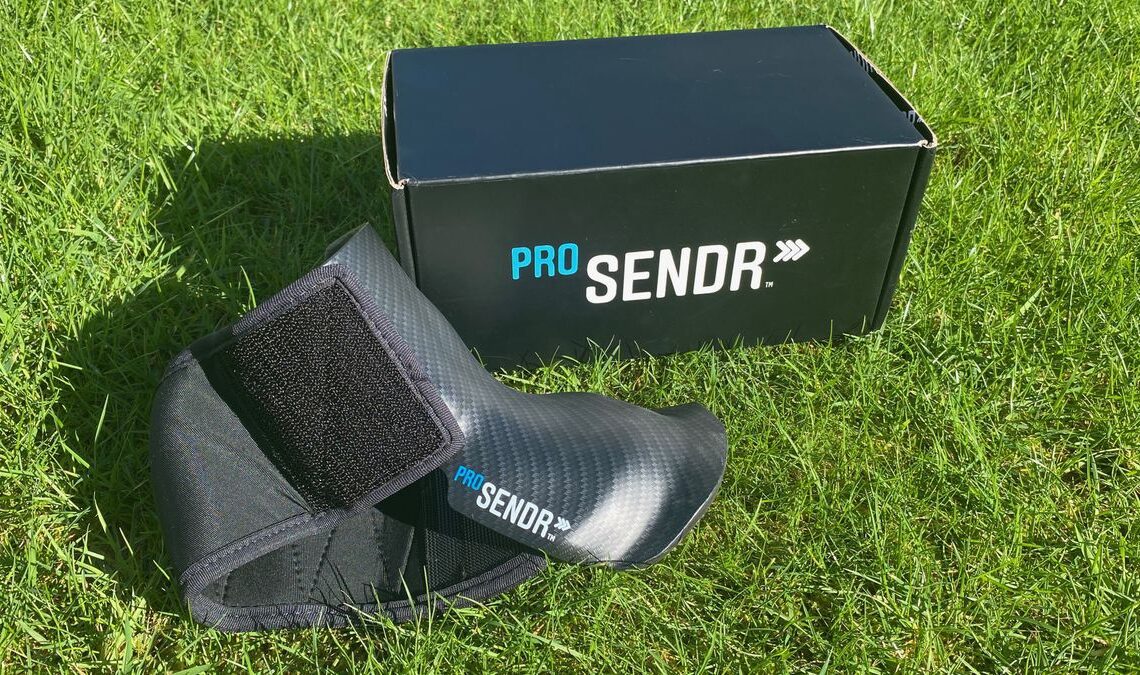Like so many of you, I spend a fair amount of time scrolling through golf content on social media and occasionally stumble across something very interesting. This time it was a photograph of Rory McIlroy wearing what appeared to be some sort of wrist brace on his trail arm while practising. With some further digging it became apparent that it was the ProSENDR training aid, and Rory absolutely wasn’t the only top pro using it!
Justin Rose, Erik Van Rooyen, Camilo Villegas and Cameron Champ have all been seen on PGA Tour ranges working with this intriguing practice accompaniment, so I wanted to see what all the fuss was about.
WATCH: See the ProSENDR in action among the best golf gadgets of 2024.
The ProSENDR is the brainchild of leading golf coaches David Woods and Sean Foley, along with input from motor control and learning expert, Will Wu.
Essentially, the object of the ProSENDR is to place golfers’ wrists into the optimal level of extension to deliver the golf club effectively into the ball more consistently. The ProSENDR is placed on the trail wrist and the golfer should try to hinge their wrists to sit perfectly in the prefabricated cradle, which should provide neutral wrist conditions. From here, the object is to maintain the connection as long as possible during the downswing, which promotes a number of positive swing outcomes.
(Image credit: Future)
The ProSENDR arrived in a very premium looking box and upon pulling it out, the quality of construction was very apparent. The carbon fiber wrist cradle feels extremely solid and has been thoughtfully designed with comfort in mind. The wrist strap is both thick and flexible, giving the impression that it will last for many thousands of golf swings.
I found the ProSENDR very easy to use. So many other training aids force you to grip on to them at address or make some other compensation, but your address position is uninterrupted with this training aid.
(Image credit: ProSENDR)
Then just making my normal swing, I was guided into nice, neutral wrist conditions at the top of my backswing. I have to say that this didn’t feel too alien to me, which I hope means my natural backswing wasn’t too far off. For me the real benefit came on the downswing.
With my wrist set in the cradle, I developed a really nice feeling of trying to keep my wrist in that position as long as possible on the way down. Maintaining the wrist angle for longer in the downswing forced me to rotate my body more through the ball as…
..
Click Here to Read the Full Original Article at Golf Monthly…
